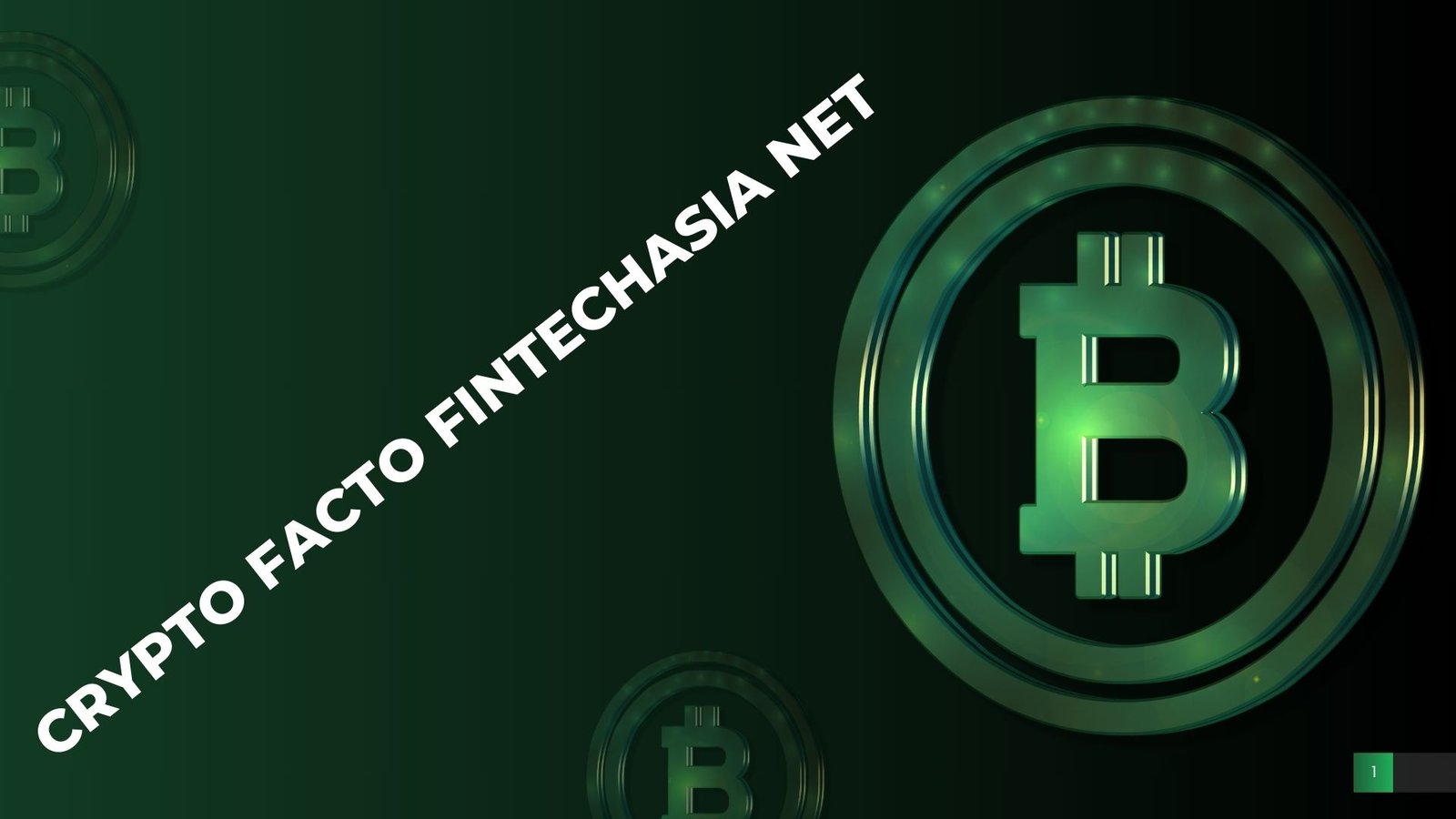From Ticker Tape to Touchscreens: How Nasdaq FintechZoom Redefines Market Speed
Wall Street’s original trading floors pulsed to the clatter of ticker-tape machines that spat out delayed price quotes on

Wall Street’s original trading floors pulsed to the clatter of ticker-tape machines that spat out delayed price quotes on narrow paper strips. In that world, speed was measured in minutes, not milliseconds, and “real-time” meant “as soon as the runner elbowed through the crowd.” Fast-forward to 2025, and the scene is unrecognizable: traders swipe tablets instead of wielding paper slips, and retail investors lean back on sofas while algorithms monitor hundreds of symbols at sub-millisecond refresh rates. Sitting at the heart of this acceleration is Nasdaq FintechZoom, a hybrid analytics and news engine that stitches Nasdaq’s raw market data into a touchscreen-friendly format, then turbo-charges it with machine learning, social-sentiment overlays, and predictive charting. The result? A platform where the distance between price discovery and decision-making is a single tap—rewriting the very physics of modern finance.
Table of Contents
The Evolution from Analog Floors to Zero-Latency Feeds
Trading’s march toward speed began with the 1971 launch of the Nasdaq automated quotation system, the first electronic market for equity trading. Electronic communication networks (ECNs) followed, matching buy and sell orders faster than any human broker could shout across a pit. Today, Nasdaq FintechZoom sits on top of Nasdaq’s cloud-native matching engine, feeding users consolidated Level II order book depth, cross-venue trade prints, and alternative data in one continuously updated stream. Where legacy brokerage dashboards refresh every two or three seconds, FintechZoom’s in-memory data fabric pushes micro-bursts at rates below 200 microseconds. Latency that small doesn’t just shave time; it reshapes strategy. Momentum traders can spot imbalances Nasdaq FintechZoom before they show on slower dashboards, options desks can hedge gamma with fewer slippage costs, and even long-only portfolio managers can automate limit orders that adjust to the flow of dark-pool prints in near real-time.
What Exactly Is Nasdaq FintechZoom? Platform Anatomy 101
Think of the service as a three-layer stack. At the base lies Nasdaq’s proprietary data lake—order routing records, corporate actions, Nasdaq FintechZoom ETF basket disclosures, and machine-readable SEC filings. The middle layer is FintechZoom’s stream-processing core. Apache Flink pipelines preprocess the feed, remove noise, and enrich each tick with metadata such as sentiment score, insider-trading alerts, and ESG flags. The top layer is a customizable user interface that feeds into heat maps, storyboards, and adaptive watchlists optimized for 8-inch tablets and 34-inch ultrawide monitors. Under the hood, a context-aware rules engine surfaces only the events relevant to your portfolio, muting the rest so users are never overwhelmed by the firehose. That design choice—curation instead of brute quantity—distinguishes Nasdaq FintechZoom from traditional market terminals that swamp newcomers with configuration menus.
Speed Engineering: How the Platform Shrinks Milliseconds
Ultra-fast trading once demanded expensive on-premise servers and microwave towers between data centers. Nasdaq FintechZoom leverages edge computing zones colocated next to Nasdaq’s Carteret, New Jersey, matching engine, slashing physical distance to single-digit meters. Inside each edge node, field-programmable gate arrays (FPGAs) compress and encode order-book snapshots before forwarding them to the public cloud via 100 Gbps fiber. For the end user, it means chart bars that breathe in live motion rather than ticking in discrete jumps. More importantly, the latencies are symmetrical—what the dashboard shows a retail investor is nearly identical in timing to what an HFT algorithm sees in its raw multicast feed. That parity closes the information gap and, theoretically, Nasdaq FintechZoom levels the competitive playing field.
Democratizing Market Intelligence for Retail Investors
The clearest beneficiaries of this speed trickle-down are everyday traders who once relied on secondhand quotes from discount brokers. A user can program FintechZoom’s “Smart Alerter” to ping a phone the instant Nvidia crosses a 30-minute VWAP Nasdaq FintechZoom trend line, then one-click-trade through linked brokerage APIs—including Robinhood, Interactive Brokers, and, inside Pakistan, K-Trade. The interface explains technical indicators in plain language (“RSI cooling off from overbought territory”) while offering depth-of-market views advanced enough for pros. Education modules layered beside live charts show beginner-friendly explainers about bid-ask spreads, implied volatility, and even blockchain token listings on Nasdaq’s Digital Asset segment. By fusing information and execution in the same glass rectangle, Nasdaq FintechZoom lowers the cognitive load that used to scare retail investors away from direct market access.

Giving Professionals an Edge in the Post-Latency Era
Institutional desks, meanwhile, exploit FintechZoom’s advanced toolkit: customizable event-driven back-tests, Python API hooks for quant libraries, and AI-generated narrative summaries that pull from earnings call transcripts within seconds of publication. Nasdaq FintechZoom Portfolio managers can drag a slider to stress-test positions against simulated FOMC rate-hike scenarios; compliance officers receive auto-flagged anomalies such as spoofing-pattern order sequences. Even environmental-social-governance analysts benefit; FintechZoom ingests satellite imagery, and NGO reports to re-rate companies on carbon emissions more frequently than quarterly 10-K filings. In short, the platform is not just about speed—it is about breadth, giving pros a Swiss Army knife Nasdaq FintechZoom of data that would cost multiples if bought piecemeal.
Security, Regulation, and the Ethics of Instant Insight
When data files at gigabit speed, a single leak can cascade into systemic risk. Nasdaq FintechZoom encrypts feeds end-to-end with post-quantum algorithms and enforces two-factor hardware tokens. At the same time, compliance modules embed real-time pattern recognition that flags potential market manipulation tactics. Nasdaq’s SMARTS surveillance technology undergirds the service, feeding suspicious activity reports directly to regulators worldwide. For users in jurisdictions like Pakistan’s SECP, GDPR-aligned privacy controls let investors mask personal identifiers while still receiving tailored analytics. All these guardrails matter because velocity Nasdaq FintechZoom without accountability invites flash crashes, meme-stock frenzies, and data privacy nightmares.
Headwinds on the Horizon: Data Fatigue and Algorithmic Bloat
Yet the journey to speed nirvana is not without turbulence. Retail traders risk “information indigestion,” where constant micro-fluctuations trick them into over-trading. Algorithms, for their part, can mis-rank sentiment when sarcasm slips through natural-language filters or when AI misunderstands regional dialect on financial Twitter. Nasdaq FintechZoom mitigates these headaches with a “Time-Out Switch” that pauses all nonessential notifications for set intervals and with explainable AI dashboards that show why a certain news pulse matters. Still, human judgment remains the final circuit breaker. Technology can accelerate execution but cannot outsource responsibility for risk.
Tomorrow’s Touchless Trade: Where the Platform Heads Next
Looking ahead, Nasdaq’s R&D team hints at gesture-controlled holographic workstations and voice-activated trade tickets that recognize Urdu and Punjabi commands. Edge nodes may soon integrate quantum-random number generators to produce fairer auction sequencing, while AI co-pilots could draft hedging strategies in conversational English. A pilot project with SpaceX’s Starlink aims to extend low-latency feeds to remote areas—so a farmer in Multan could hedge wheat futures as quickly as a fund manager in Manhattan. Each upgrade pushes the Nasdaq FintechZoom same theme: collapsing the gap between market signal and human action, whether that action comes from a hedge fund’s algorithm or a first-time investor’s fingertip.

Five Frequently Asked Questions About Nasdaq FintechZoom
1. Is Nasdaq FintechZoom an official Nasdaq product or a third-party aggregator?
Nasdaq FintechZoom is a co-branded venture: Nasdaq supplies regulated market data and core trading-engine infrastructure, while FintechZoom contributes the AI-driven analytics layer and user-experience design.
2. Given its enterprise-grade speed, How does the platform stay affordable for retail investors?
A freemium model offsets costs. Real-time top-of-book quotes and delayed news are free; advanced order-book depth, back-testing, and API access require a monthly Nasdaq FintechZoom subscription that’s typically under USD 30—far less than traditional terminals that start at several hundred dollars.
3. Can I execute trades directly on Nasdaq FintechZoom?
Yes. The platform routes orders through API bridges to partnered broker-dealers. Execution quality follows each broker’s best-execution obligations, and Nasdaq FintechZoom provides post-trade analytics so users can audit fill prices and slippage.
4. What latency should I expect if I’m connecting from Pakistan?
Using edge nodes in Singapore and Frankfurt, the round-trip quote-to-screen latency averages 20–25 milliseconds—still fast enough Nasdaq FintechZoom for most discretionary strategies. However, high-frequency traders typically colocate servers in New Jersey for sub-microsecond access.
5. Does the platform cover only equities, or are other asset classes included?
Beyond Nasdaq-listed equities and ETFs, FintechZoom feeds options chains, US and European futures, select crypto tokens on Nasdaq’s Nasdaq FintechZoom Digital Assets venue, and even tokenized green-bond offerings. Coverage is expanding as new markets digitize.
Closing Thoughts: Speed as a Human-Centered Advantage
From ticker-tape days to the era of touchscreens, market velocity has evolved from luxury to necessity. Nasdaq FintechZoom doesn’t merely shave seconds; it reframes trading as an on-demand experience where insight, execution, and education co-exist in the same pixel grid. That democratization—making professional-grade velocity available to anyone with a decent internet connection—could prove as transformative as the original Nasdaq launch five decades ago. Nasdaq FintechZoom Yet the challenge remains balancing acceleration with comprehension. The investors who thrive will not be those who move fastest but know when to break, reflect, and let technology serve strategy—not the other way around.






